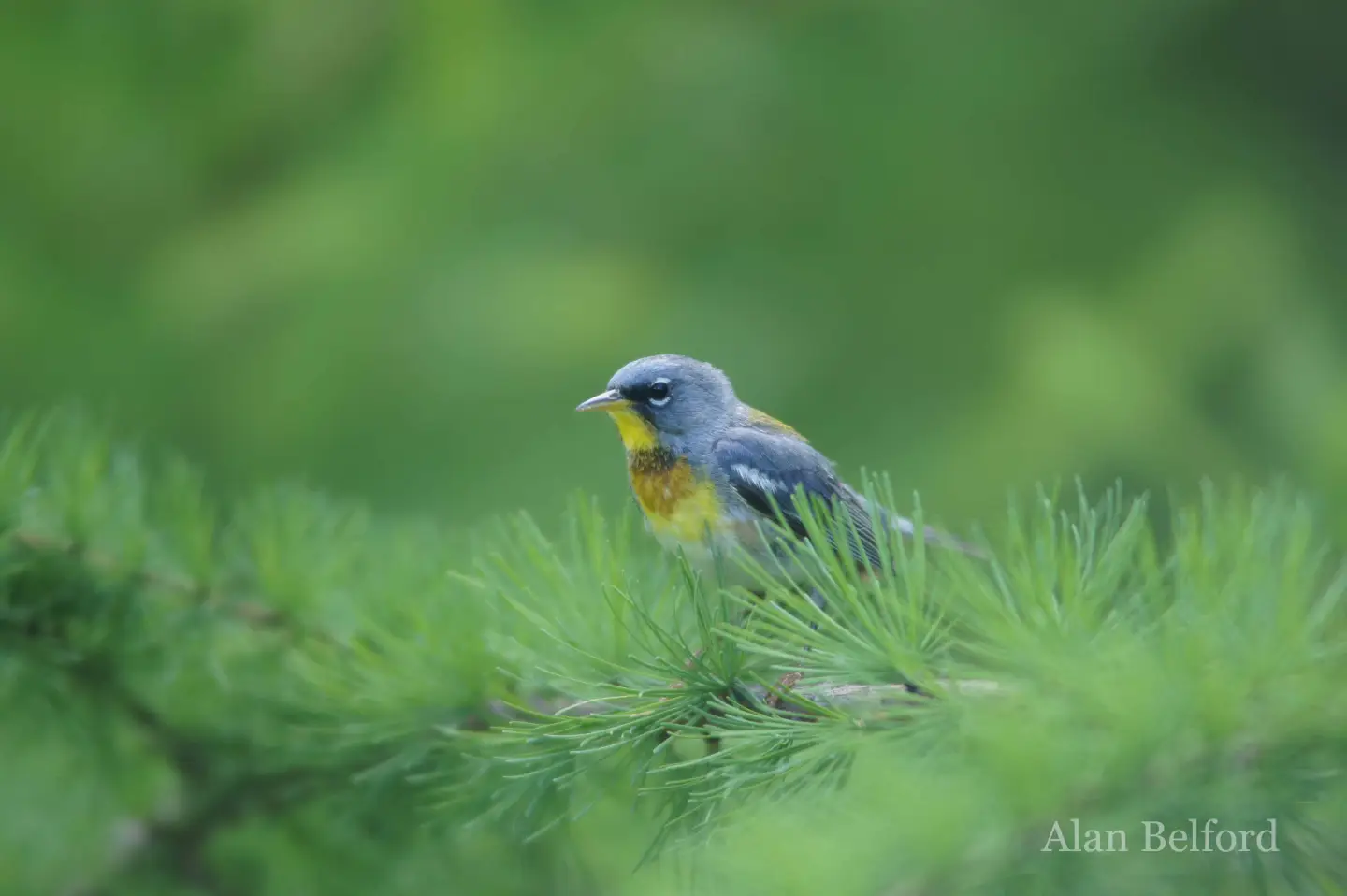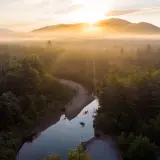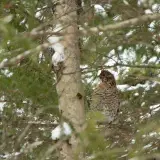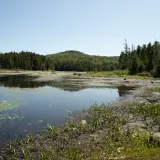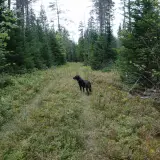A change in the seasons
It is sometimes difficult to remind yourself that spring is coming – complete with warm sun and green leaves – when winter continues to dominate the landscape. While my cross-country skis and I don’t complain about that arrangement (we love it when the snow persists for a long time), it is nice to look forward to spring birds, which will soon be migrating through the region on their way north, or arriving to nest locally. For those of you who likewise are anticipating the arrival of many of our spring and summer residents, here are a few places to check out this spring once the seasons change.

Roosevelt Truck Trail
Perhaps best known as a place to find boreal species like Black-backed Woodpecker, Boreal Chickadee, and Canada Jay (formerly called Gray Jay), the Roosevelt Truck Trail runs 2.5 miles between Route 28N and Blue Ridge Road. It is most easily reached from the south along a short, broken asphalt road that meets Route 28N 1.6 miles north of the Boreas River Bridge and 3.7 miles south of the junction of 28N and Blue Ridge Road.
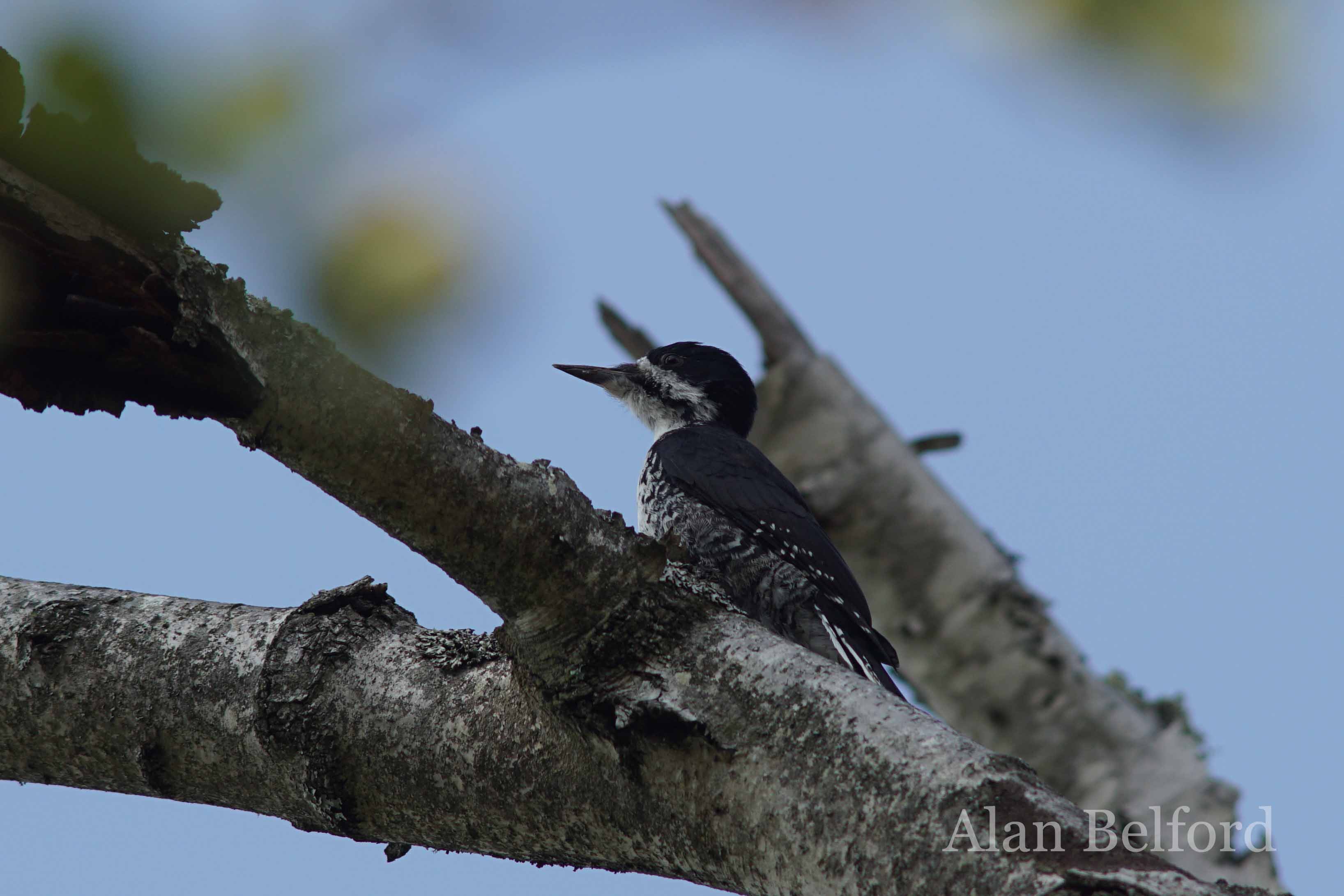
While its reputation as a good place to find boreal birds is deserved, the diversity of the coniferous forest along the trail grows during spring, when a long list of species arrives – including Purple Finch, White-throated Sparrow, Swainson’s Thrush, Yellow-bellied Sapsucker, and Blue-headed Vireo. This collection of birds also includes a long line-up of warblers – such as Magnolia, Nashville, Pine, and Cape May – meaning a short walk on the rolling terrain of the easy path can yield a nice list of birds.
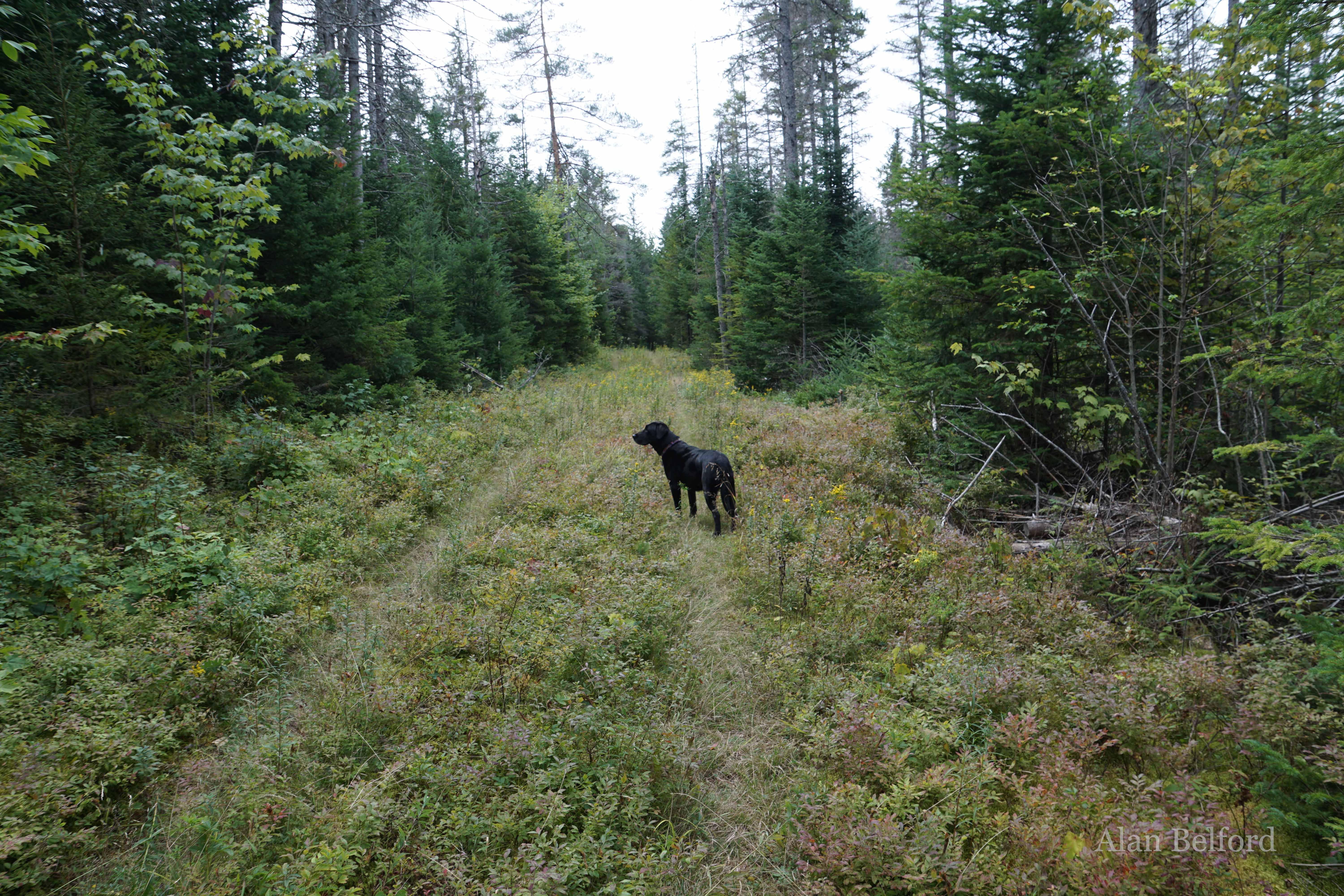
Cheney Pond
One of my favorite paddles in the area, Cheney Pond offers an intimate exploration of a tucked-away gem. The pond’s small circumference is easily navigated, and intrepid birders can carry their boat (lightweight boats are best) a short distance from the back channel of the pond to the Boreas River for an additional 2 miles of paddling downstream to the remains of Lester Dam. The pond and its marshy edges in spring may harbor birds like Wood Ducks, Common Mergansers, Great Blue Herons, and American Bitterns, while the surrounding woods host a litany of species from warblers to vireos to woodpeckers to flycatchers.
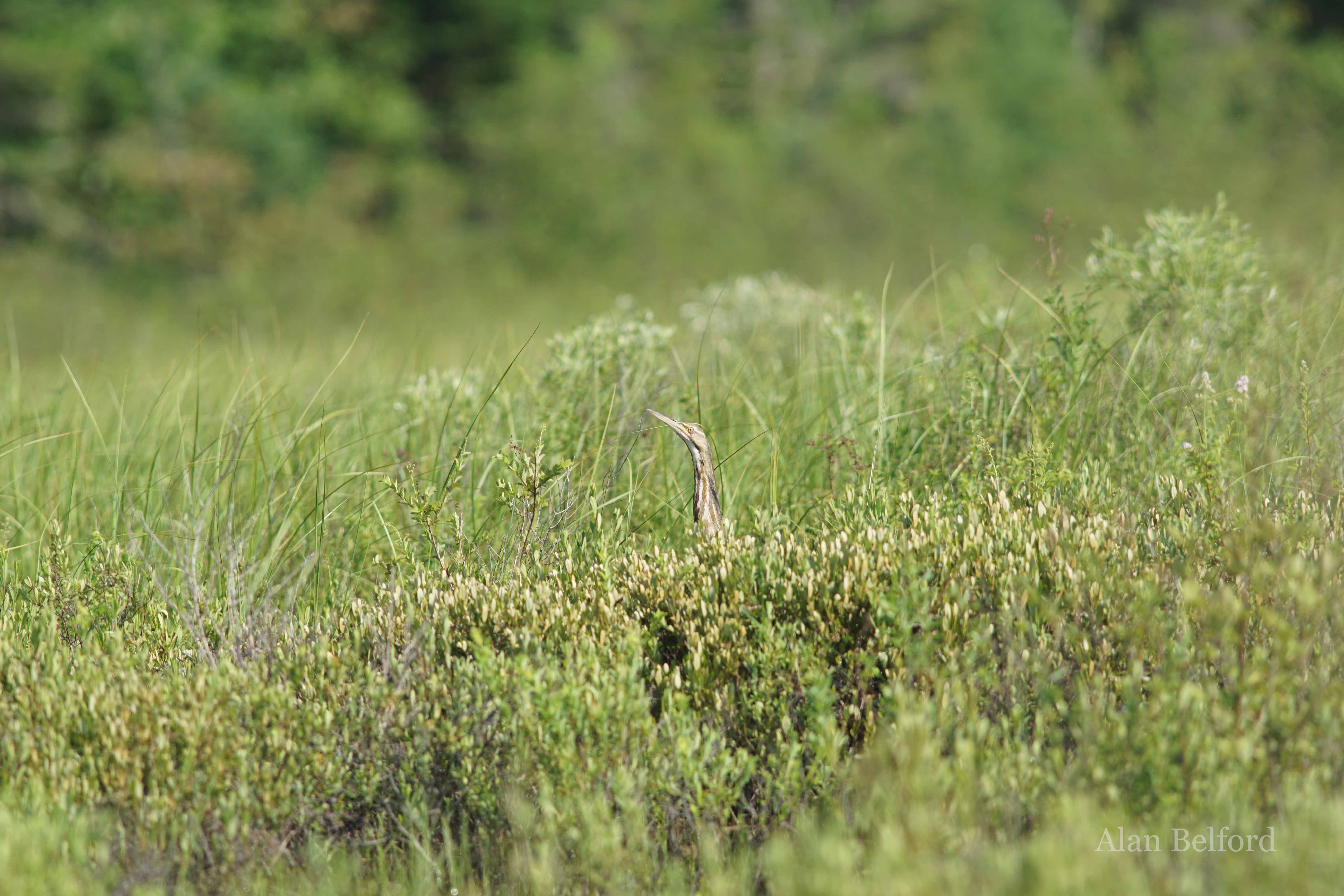
This means that if you didn’t bring your boat you can also bird as you walk the half-mile road which leads to the pond from Blue Ridge Road — reached 5.5 miles east of the junction of Blue Ridge Road and Route 28N – to find a nice assortment of birds. You can also follow the path which leads from the Cheney Pond Trail to Lester Dam (reached in about 2.6 miles from Cheney Pond). Despite being overgrown in some places, the path leads through a variety of beautiful birding habitats including coniferous boreal habitats, where species like Black-backed Woodpecker, Boreal Chickadee, and Canada Jay can be found.
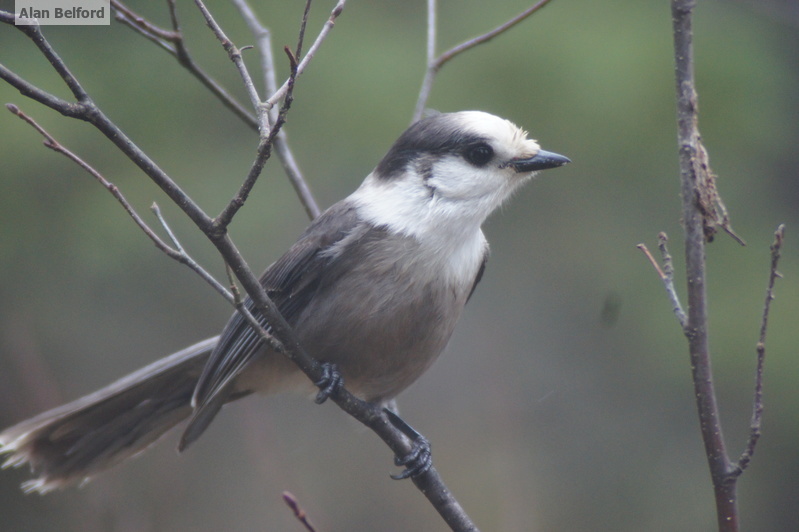
The Boreas Ponds Tract
At nearly 21,000 acres, the Boreas Ponds Tract presents all sorts of places to explore for birders looking for an adventure. Acquired by the state in the spring of 2016, the best way to access the area is along Gulf Brook Road, which winds for 3.2 miles from Blue Ridge Road to the furthest parking lot in the tract — beyond which the road is blocked by a yellow gate until it opens in the summer season. From there birders must hike (or they can bike) to reach the namesake Boreas Ponds themselves — a 3.5 mile trip one way — but the route is easy along the dirt logging road.
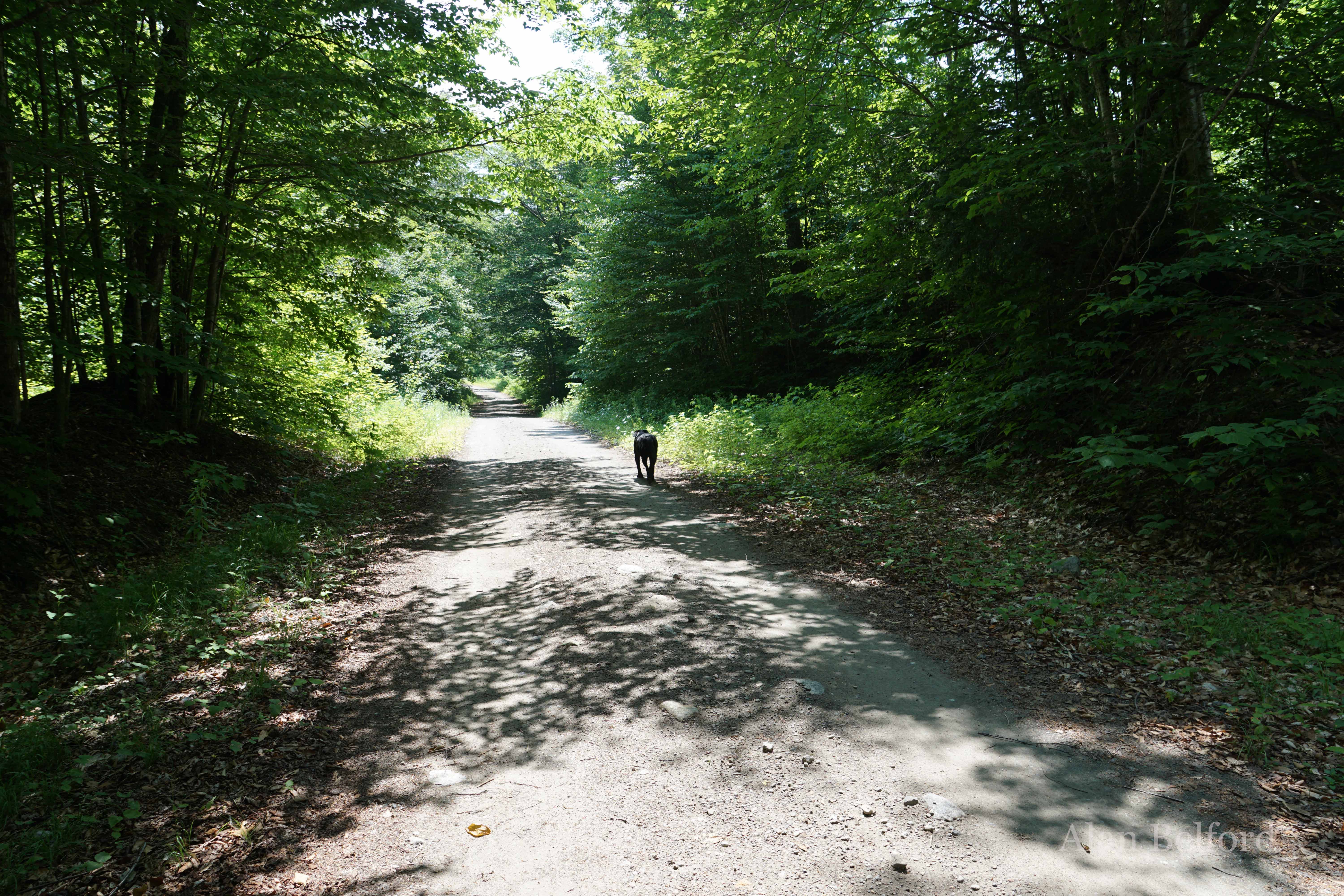
And the site is worth the effort it takes to reach. Gulf Brook Road initially cuts through deciduous forest, the spring and summertime haunt of Scarlet Tanagers, Red-eyed Vireos, Ovenbirds, and American Redstarts, but the forest varies with pockets of conifers, offering a wide array of species as a result. It changes markedly the further you explore, as the habitat becomes much more coniferous and boreal in nature as you reach the area around La Bier Flow and the Boreas Ponds themselves (you could tote a lightweight canoe that far and paddle either if you wanted).
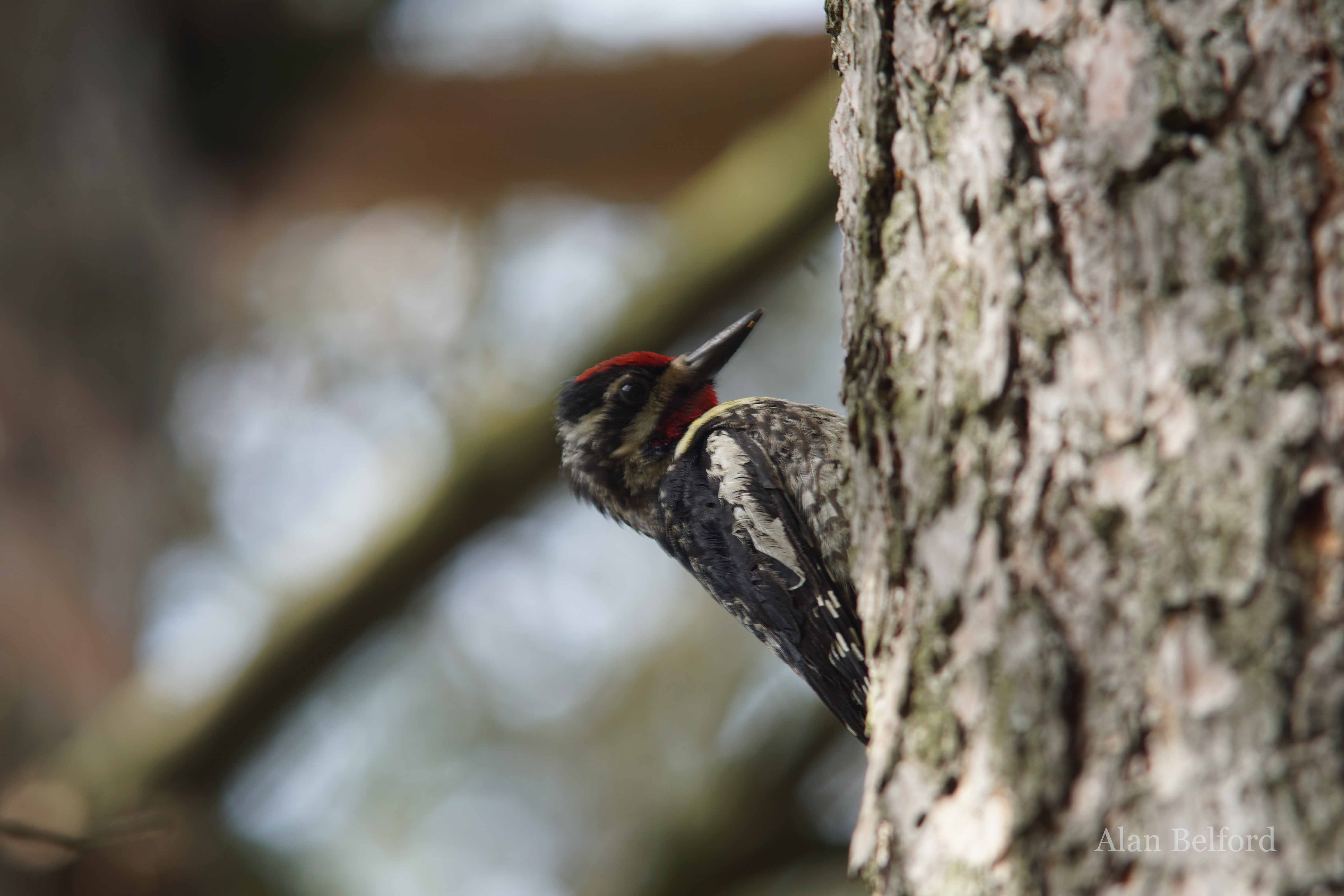
Such areas may offer the likes of Yellow-bellied Flycatcher, Olive-sided Flycatcher, or Black-backed Woodpecker, and thickets and wetlands often host Northern Waterthrush, Canada Warbler, Hooded Merganser, and Alder Flycatcher. And even if you missed all of these, the view of the High Peaks over the Boreas Ponds is amazing — fair compensation for your endeavor.
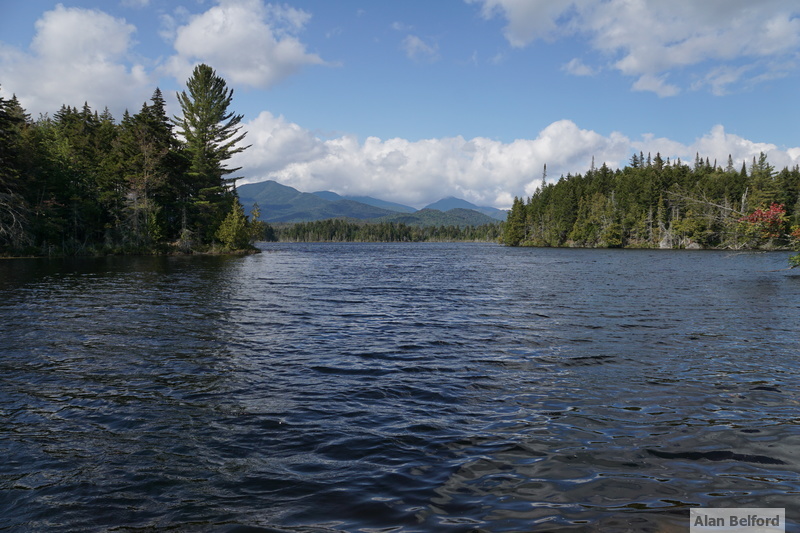
The Adirondack Interpretive Center in Newcomb
No trip to the Central Adirondacks is complete without a visit to the Adirondack Interpretive Center (AIC), and spring and summer may be the best times of year to stop in for a visit. The AIC offers you 3.6 miles of trails to explore, as well as boat launches to ply the waters of Rich Lake, Belden Lake, and Sucker Brook.
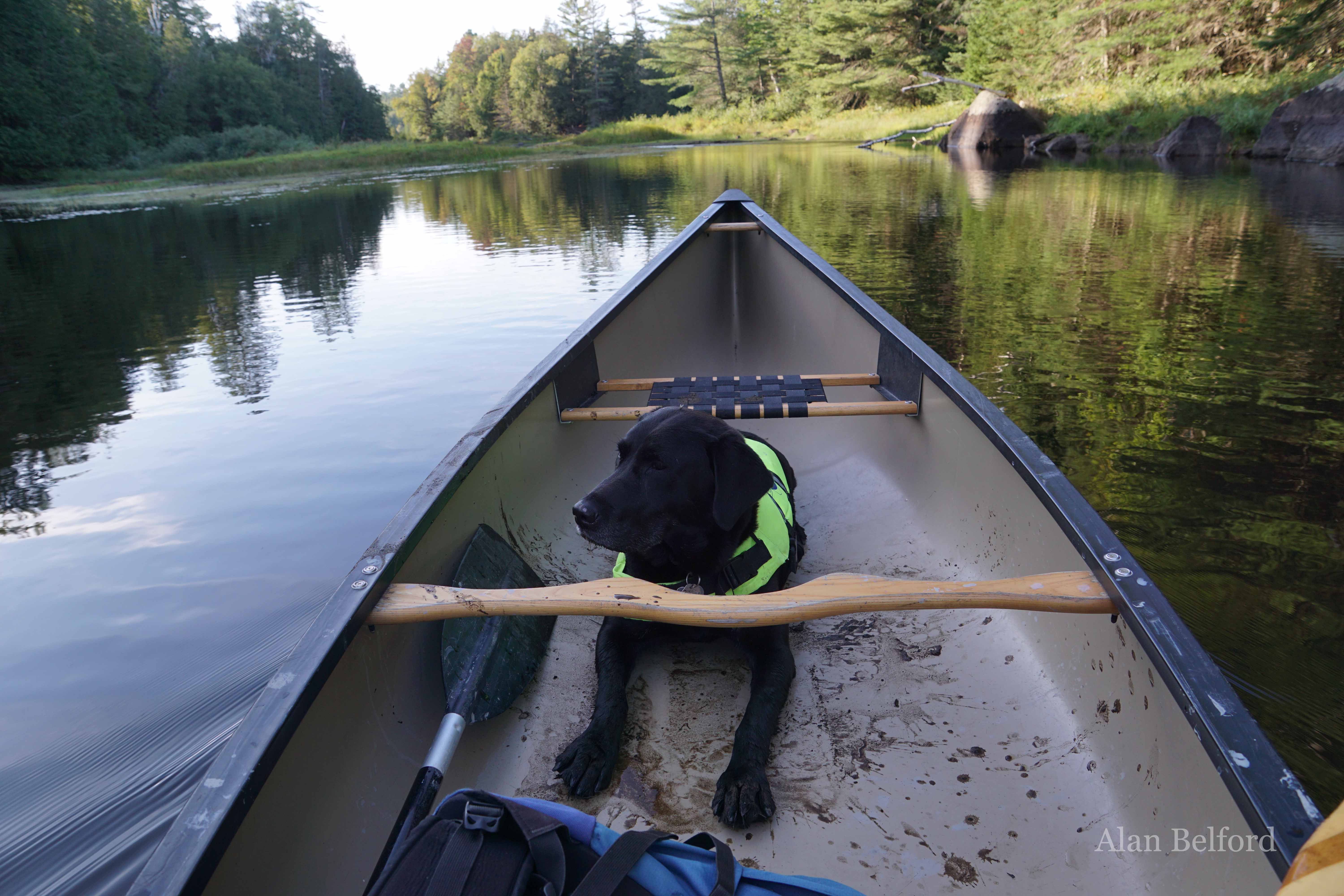
In this way you can enjoy a paddle, watching Bald Eagles or Hooded or Common Mergansers while listening to a chorus of birds singing the music of spring from the shoreline. This list includes thrushes like Swainson’s, Hermit, Wood, and Veery, as well as warblers like Northern Parula, Black-throated Green, and Magnolia. Even without the birds, the trails are splendid for spring hikes, and the water — although still cold — affords you a great chance to warm-up your spring and summer paddling muscles. And the center itself offers interpretive and please-touch displays, helping to ensure that your kids have plenty to do if you bring them along.
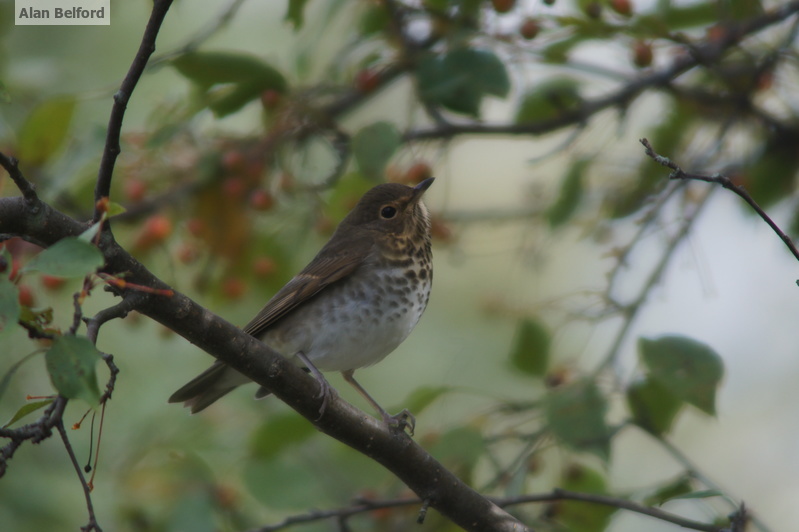
Spring is on the way and spring birding is coming with it. Plan your trip today by checking out our amazing lodging and dining options.
